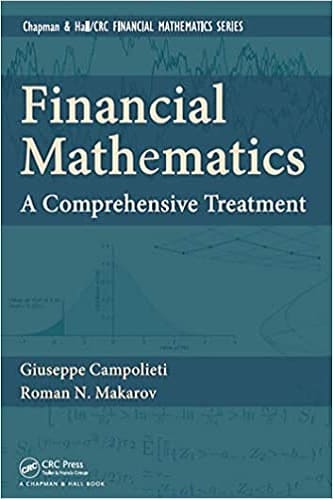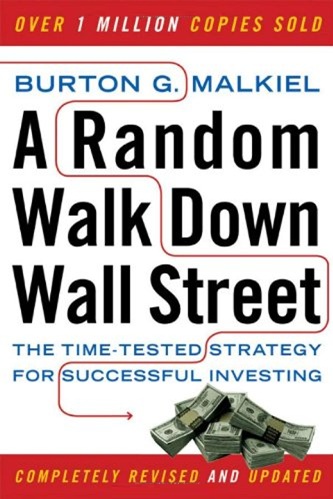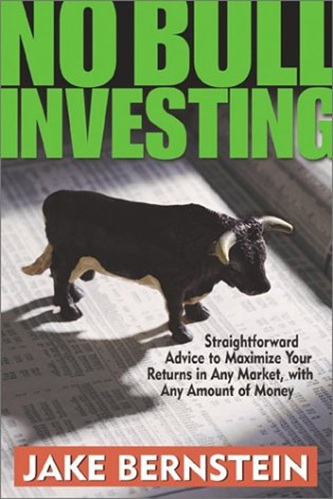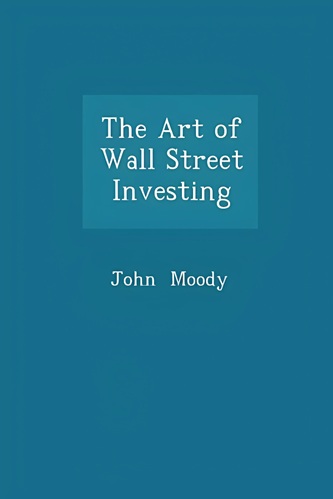Financial Mathematics: A Comprehensive Treatment
$27.93
| Author(s) | , |
|---|---|
| Format |
|
| Pages |
826 |
| Publication Year |
2014 |
Financial Mathematics: A Comprehensive Treatment provides a unified, self-contained account of the main theory and application of methods behind modern-day financial mathematics. Tested and refined through years of the authors’ teaching experiences, the book encompasses a breadth of topics, from introductory to more advanced ones.
This book has evolved from several mathematics courses that the authors have taught mainly within the bachelor’s and master’s programs in financial mathematics at Wilfrid Laurier University. The contents of this book are a culmination of course material that spans over a decade of the authors’ teaching experiences, as well as course and curriculum development, in financial mathematics programs at both undergraduate and master’s graduate levels. The material has been tested and refined through years of classroom teaching experience. As the title suggests, this book is a comprehensive, self-contained, and unified treatment of the main theory and application of mathematical methods behind modern day financial mathematics.
Introduction:
In writing this book, the authors have really strived to create a single volume that can be used as a complete standard university textbook for several interrelated courses in financial mathematics at the undergraduate as well as graduate levels. As such, the authors have aimed to introduce both the financial theory and the relevant mathematical methods in a mathematically rigorous, yet student-friendly and engaging style, that includes an abundance of examples, problem exercises, and fully worked out solutions. In contrast to most published single volumes on the subject of financial mathematics, this book presents multiple problem solving approaches and hence bridges together related comprehensive techniques for pricing different types of financial derivatives. The book contains a rather complete and in-depth comprehensive coverage of both discrete-time and continuous-time financial models that form the cornerstones of financial derivative pricing theory.
This book also provides a self-contained introduction to stochastic calculus and martingale theory, which are important cornerstones in quantitative finance. The material in many of the chapters is presented at a level that is mainly accessible to undergraduate students of mathematics, finance, actuarial science, economics, and other related quantitative fields. The textbook covers a breadth of material, from beginner to more advanced levels, that is required, i.e., absolutely essential, in the core curriculum courses on financial mathematics currently taught at the second, third, and senior year undergraduate levels at many universities across the globe. As well, a significant portion of the more advanced material in the textbook is meant to be used in courses at the master’s graduate level. These courses include formal derivative pricing theory, stochastic calculus, and courses in simulation (Monte Carlo) and other numerical methods. The combination of analytical and numerical methods for solving various derivative pricing problems can also be a useful reference for researchers and practitioners in quantitative finance. The book has the following key features:
- Comprehensive treatment covering a complete undergraduate program in financial mathematics as well as some master’s level courses in financial mathematics;
- Student-friendly presentation with numerous fully worked out examples and exercise problems in every chapter;
- In-depth coverage of both discrete-time and continuous-time theory and methodology;
- Mathematically rigorous and consistent, yet simple, style that bridges various basic and more advanced concepts and techniques;
- Judicious balance of financial theory, mathematical, and computational methods.
Contents:
- Mathematics of Compounding
- Primer on Pricing Risky Securities
- Portfolio Management
- Primer on Derivative Securities
- Single-Period Arrow–Debreu Models
- Introduction to Discrete-Time Stochastic Calculus
- Replication and Pricing in the Binomial Tree Model
- General Multi-Asset Multi-Period Model
- Essentials of General Probability Theory
- One-Dimensional Brownian Motion and Related Processes
- Introduction to Continuous-Time Stochastic Calculus
- Risk-Neutral Pricing in the (B, S) Economy: One Underlying Stock
- Risk-Neutral Pricing in a Multi-Asset Economy
- American Options
- Interest-Rate Modelling and Derivative Pricing
- Alternative Models of Asset Price Dynamics
- Introduction to Monte Carlo and Simulation Methods
- Numerical Applications to Derivative Pricing
Financial Mathematics: A Comprehensive Treatment By Giuseppe Campolieti, Roman N. Makarov pdf
8 reviews for Financial Mathematics: A Comprehensive Treatment
Clear filtersOnly logged in customers who have purchased this product may leave a review.










Kora Jordan (verified owner) –
This book brings together under a single cover a comprehensive and descriptive presentation of quantitative finance deftly organized into four major sections … A critically important acquisition for an academic library … especially recommended textbook for undergraduate and graduate students in the fields of mathematics, finance, actuarial science, and economics.
Stevie Steele (verified owner) –
This is a monumental effort to bring together topics from quantitative finance into one book; one no longer needs to go to different references to get the full scope of contents in the book. The authors treat the subjects rigorously but with plenty of examples, paying close attention to an audience that may encounter the subject matter for the first time, but aware that others will have seen it in different form earlier and may be looking for a different angle. This is a book that will find its way into classrooms worldwide.
Nia Andrews (verified owner) –
Despite the back cover of the book saying specifically: “Includes numerous fully worked examples and exercises” there are no solutions to the exercises. This means if you’re self-studying the exercises are practically worthless.
Lukas Robbins (verified owner) –
One of the worst textbooks I have ever owned. The examples are nothing like the exercises at the end of the sections. There are zero solutions to any problems in the book and the solution manual will not be given to ANYONE except professors teaching a course with the book. I bought this book for personal studies and it is utterly useless. I tried to obtain the solutions to help study for Exam FM but they refused to let me purchase them. Terrible business practice for a publishing company. Stay away from this book at all costs!
Jaiden Strickland (verified owner) –
I was assigned this book for several fourth year undergraduate level courses. The text contains an advanced treatment of the type of mathematics needs for options pricing, including stochastic calculus and brownian motion.
Ultimately, I have yet to find another text that covers this breadth on the topic, with this level of complexity. The book is well-written and self-contained. For any upper division mathematics student, this would be an excellent choice for studying financial mathematics.
Elian Montes (verified owner) –
I was lucky enough to use this textbook in multiple classes. This is not only a huge benefit for students looking to save on books – but the cohesive nature of the text & notation connects concepts from various courses (probability theory; stochastic calculus; financial math) quite easily. For example, you may not get the same experience if you learned stochastic calculus and financial mathematics from two different textbooks.
The authors did a great job covering pricing from various user levels (discrete; continuous; single asset; multi asset; path-dependent; etc) as well as all the math behind it (it -really- is quite comprehensive.) The problem sets are challenging enough to engage students/users but I found that the the sections that preceded the questions outlined clear (& often multiple) methods on solving similar problems. I would highly recommend this book to anyone with interest in quantitative finance, whether academically or professionally.
Roselyn Lindsey (verified owner) –
No book can be everything to everyone, but this one comes very close! The book is essentially several books in one (supporting the “Comprehensive Treatment” part in the title). The coverage is broad and deep. In fact, it covers the contents of Shreve’s two volumes plus much more at roughly the same level of rigor. For this reason I find it useful as my go-to reference. The numerical methods chapter is particularly well written, owing to the authors deep understanding of Monte Carlo methods. The level of rigor and style is at the upper undergraduate to graduate level. One particularly interesting feature is the difficulty of the problems. All the chapters contain the standard problems (often found elsewhere in other books as well) but most chapters also have surprisingly difficult, original and extremely illuminating problems as well. However, what is missing in such a comprehensive treatment is a section on credit risk. This of course is the reviewers favorite area, but also one that is absolutely fundamental in Risk Management and should be included in the Second Edition.
Gabriel Cruz (verified owner) –
Bought this book early in my degree to use for 2 courses in financial math. I am just finishing up a course in Intro to Stochastic Calculus and this book was very very useful. I’ve tried to read through other books on Stochastic Calculus and they just seem to lack worked examples, proofs, and practice problems (mostly because I think the course is usually taught at a graduate level typically). But the authors clearly saw an opportunity and created a great book. I look forward to using it in future courses.
And a note for future students: this is not an easy topic and requires a lot of work. I read and re-read sections as I make my own notes directly from the text. You cannot give a bad review if you’ve simply read sections once over quickly and don’t practice the content.